A good friend who lives in the Chicago suburbs reached out to me a few weeks ago. He asked me to help him navigate the treacherous waters of replacement windows. He was afraid of making a grave financial error.
One of the first questions I asked was about his motivation. Were his windows inoperable? Was he sick of painting his existing ones? Did he want to save money on his heating and cooling costs? Did he just want new windows that looked better? You should really think about why you want replacement windows before you commit huge sums of money.
With inflation rising, you’re about to experience sticker shock when you get estimates. My friend lives in a modest brick bungalow with 10 normal-sized windows. He got estimates ranging from $10,197 to $31,498.
Window technology is constantly improving. Modern glass can incorporate special coatings that reduce the amount of ultraviolet (UV) and infrared (IR) light entering your home. Other coatings can bounce back heat to its source, so heat from your home can stay indoors during the winter months. Some coatings make your windows stay cleaner longer.
This said, you can apply transparent films to your existing windows and achieve the same results. One film can reject 97 percent of the IR light that’s trying to transform the inside of your house into a blast furnace. Another film can block a significant amounts of UV light that work to fade your fabrics and carpets. These films cost a tiny fraction of what a new window might set you back. Many are DIY and not that hard to install. I’ve installed window films myself with ease.
Let’s unpack the most common motivation for purchasing replacement windows. A salesperson may have cast a spell cast upon you, convincing you that you’re going to save lots of money on your utility bills once the windows are installed. I’m afraid you’re in for some grim news.
I’ve argued this in numerous columns over the years, and no one has ever challenged this statement: You don’t start to save money on an energy improvement until such time as you have recaptured in fuel and electricity savings ALL of the money you spent plus any interest you may have paid to finance the purchase.
Sounds confusing, right? It’s not. I propose we use the midpoint between the two estimates and round it off. Let’s use $20,000 for the cost of my friend’s new windows. Let’s also assume he pays cash using money he saved in his mattress and doesn’t finance the purchase. If you finance the project, you need to add in all of the interest you’ll be paying on your loan plus the cost of the windows.
My friend paid $1,539 in 2021 to heat and cool his home. When it comes time in the future to see what you’re saving, it’s best to compare the actual energy quantities you use, not the actual price. Fuel and electric price changes create very fuzzy math.
I reached out to the Gilkey Window Company in my hometown of Cincinnati, asking them what the average energy savings might be if I purchased their best windows. They told me it was reasonable to experience a 15% reduction in heating and cooling fuel usage. The savings can go as high as 25%, but it’s probably wise to stick with 15%.
If my friend installed high-quality replacement windows, he might reduce his heating and cooling costs by $230.85 per year. We can use that number to get a worst-case payback scenario. My calculator showed it would take more than 86 years to break even. Yes, as energy costs rise, the payback period is reduced. Do your own math using your true annual heating and cooling costs. I think you’ll be stunned by the length of your payback period.
It’s important to realize the computation of actual payback period of replacement windows is far more complex. It might be a good exercise to see what happens if you keep your money and invest it. The return on your investment each year might pay for the rising cost of fuel, and you’ll still have the money that you would have given to the window company.
You then might want to factor in how long you’ll be in your home. The national average used to be nine years not too long ago. Will you still live in your home when you finally break even on your purchase?
Maybe it’s a smarter idea to install new weatherstripping and window films, and to paint your existing windows with the best urethane-resin paint you can find. Urethane house paints can last up to 20 years if you do all the preparation right. Do one window and see if you like the result. What do you have to lose by trying?
(Subscribe to Tim’s FREE newsletter at AsktheBuilder.com. Tim now does livestreaming video M-F at 4 PM Eastern Time at youtube.com/askthebuilder.)
©2022 Tim Carter. Distributed by Tribune Content Agency, LLC.

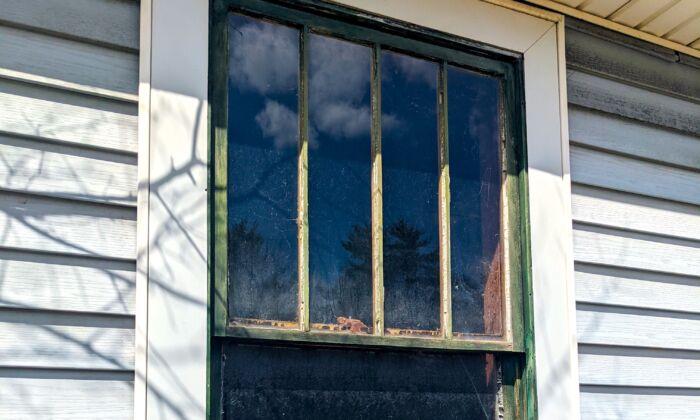
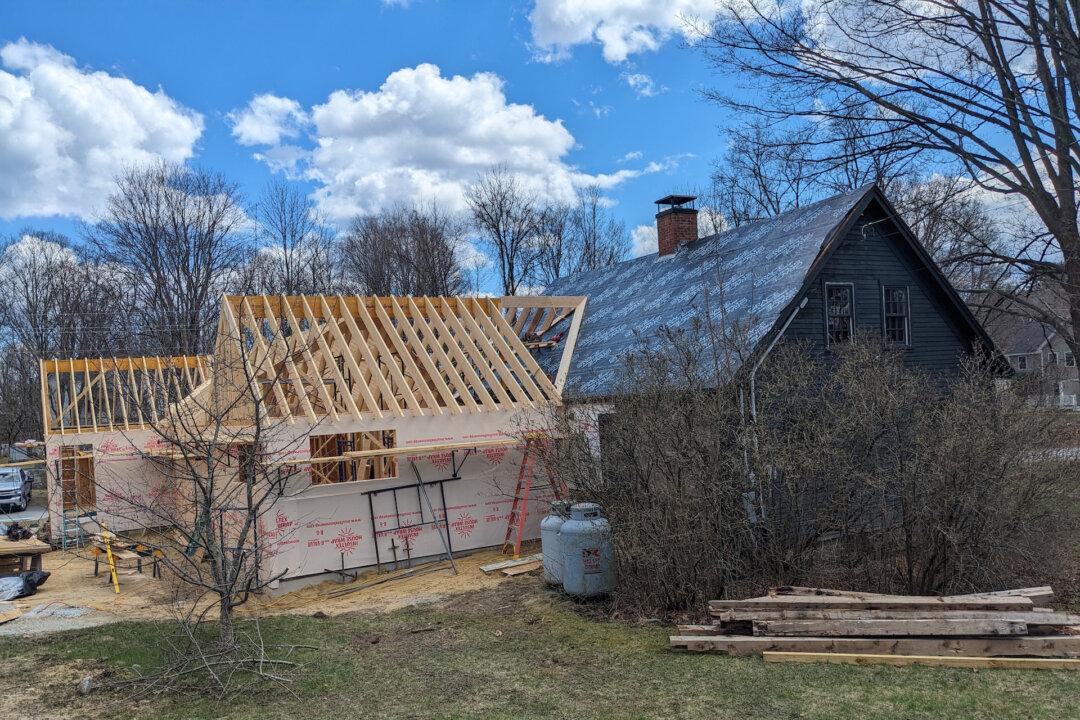
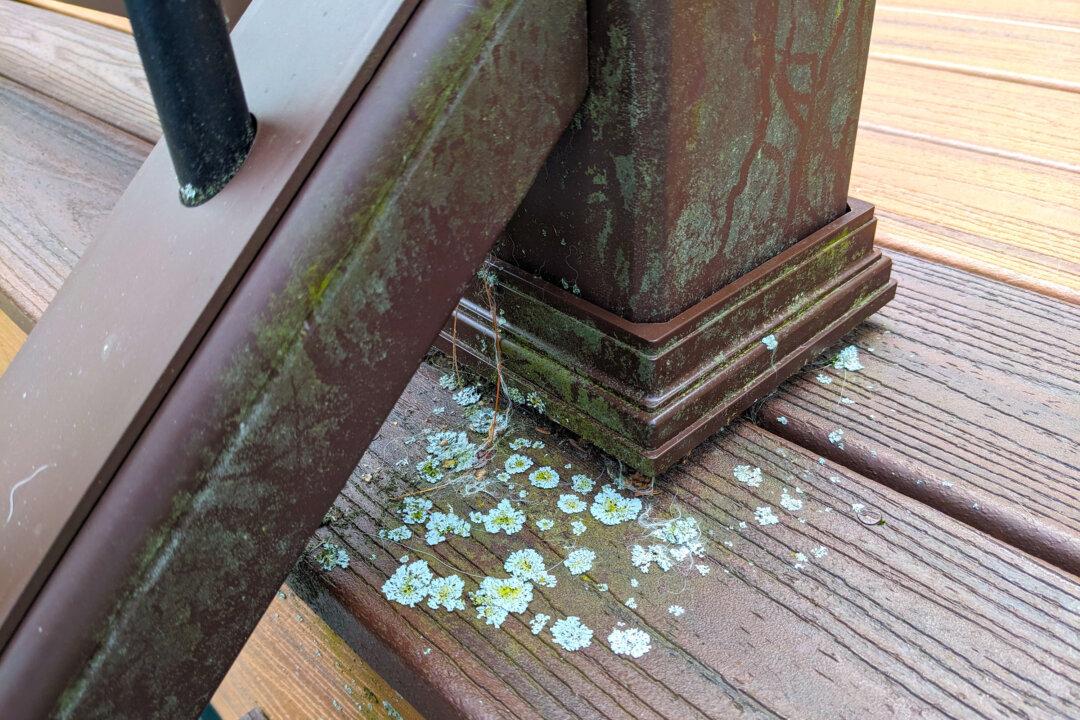
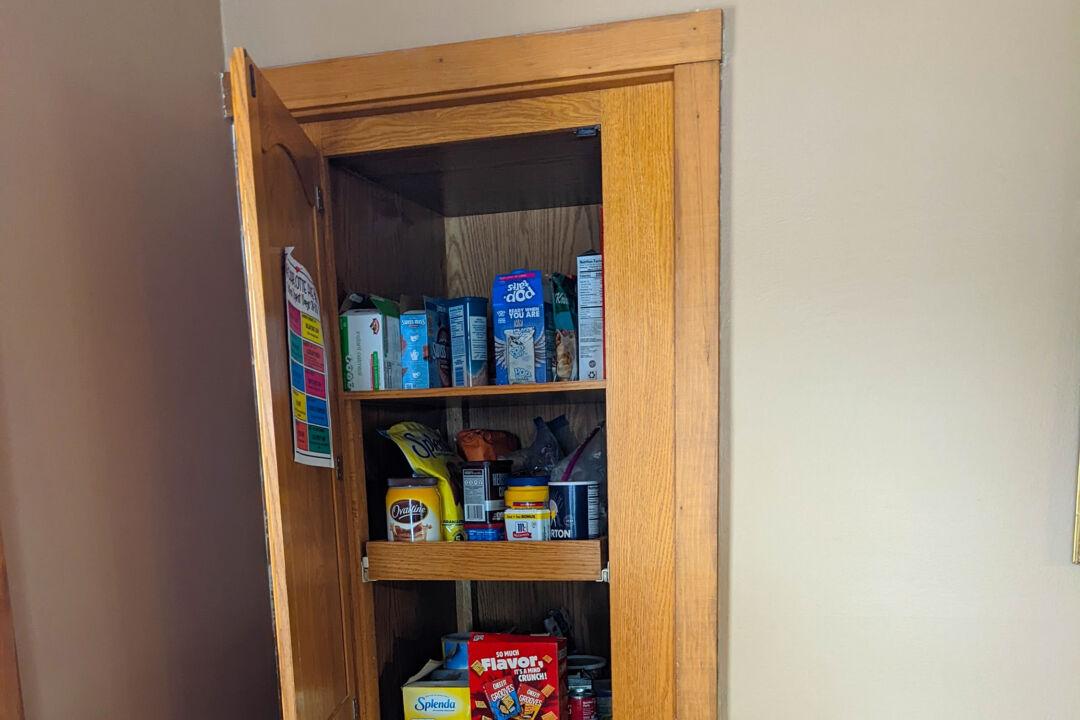
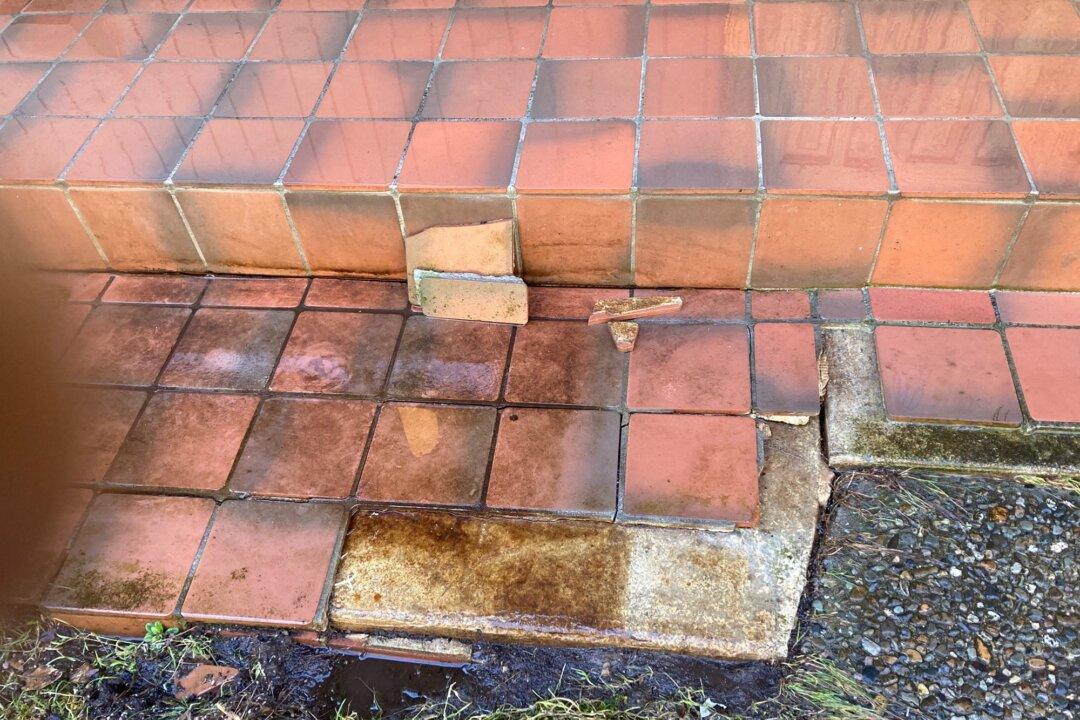
Friends Read Free